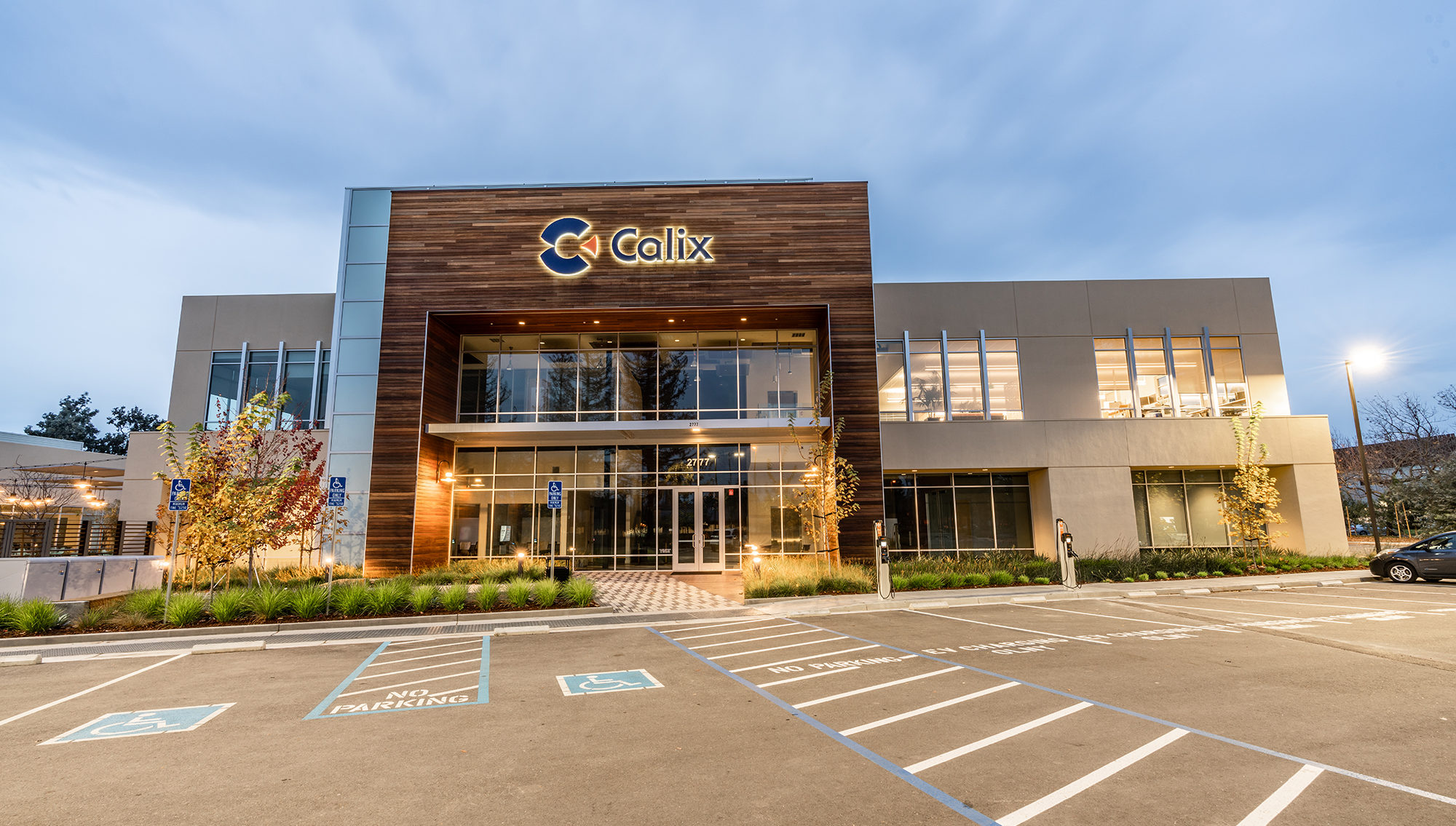Competition in the broadband industry continues to pick up, which means providers can’t solely rely on high speeds to stand out in the market, according to Calix CEO Michael Weening.
In an interview with Fierce at last week’s ACA Summit in Washington, DC, Weening explained that due to the emergence of fiber, the difference between a cable company and a telco is really “no longer relevant.”
“Everybody’s starting to think differently,” he said. “Because if we’re using this similar infrastructure which doesn’t differentiate and we’re all driving these incredible speeds that consumers may or may not need, then how do I really differentiate in the marketplace?”
Weening went on to say that historically, a company was identified as a cable operator if they used DOCSIS, while telcos have focused on telephony, IP and copper-based technology. The “radical shift” away from those technologies to fiber has “profound implications to our industry as a whole.”
Weening added that “homes passed” is no longer a reliable indicator of broadband subscribers and that service providers should focus more on the number of subscribers connected and the average revenue per user (ARPU).
“How many have I connected, which is really my fill capacity on what my potential is,” he said of the important metric. What is my incremental revenue on top of that? And once more, it’s not just a matter of saying, “I only have one service to provide because I provide a speed-based service.
Multi-gig services are being launched by providers, some of which have speeds of up to 10 Gbps. Weening disagreed, claiming that most customers don’t need such high speeds.
He pointed to a recent study where Calix looked across 100 fiber providers who offered multiple service tiers, each ISP having “tens of thousands” of subscribers. The vendor found roughly 17% of consumers chose to take a 1-gig or higher service.
“10-gig is just about split ratios, and what capacity and how many splits you can put on a network,” he said. “The simple reality is most consumers don’t need that capacity and won’t for a long time.”
“If speed actually meant something to the end-consumer, it would be 100% of consumers taking whatever you offer,” Weening said, whether that service is 1-gig or 10-gig.
The 10-gig idea, he continued, is just a long-term capex choice; it is not a go-to-market approach. especially when there are multiple players in the market, which describes the “vast majority” of broadband providers.
“All you have to do is look to the mobile market, to the Armageddon that is pricing over there,” said Weening. “If you just stick to speed and that’s the only go-to-market that you have, then you can expect your prices are going to go down, your margins are going to be compressed and you’re going to be in a commodity market.”
Another shift that’s happening is broadband providers are transitioning from being solely network operators to managed service providers. Weening pointed out ISPs have this “huge opportunity” to provide a range of new services, particularly those geared towards security.
“If my service provider would say to me, ‘here are the web cameras, here’s the home security, I’m going to run your virus protection…all the incremental services I can provide you to make your life better and in a managed way,’ I would buy it from them,” he said.
Broadband providers can also leverage end-to-end autonomous provisioning, which is a key step towards “bandwidth on-demand,” said Weening.
For everyday internet use, a consumer might need speeds of 100 Mbps. However, the broadband provider can use provisioning to “pop you up to a gig and give you that great service as a differentiator” if they need to, for example, host Zoom conferences or watch 4K video.
Weening said, “This is where the industry has to go.
Another developing component of broadband offerings is cybersecurity, Weening said. Providers can incorporate this service for customers who may not be familiar with how it operates.
In order to at least assist those who don’t know how to do it, a service provider can implement multiple layers of cybersecurity, he said.
Calix in Q4 increased managed services adoption by 38% year-over-year. The company said 293 customers have taken one or more of its managed service offerings. But that figure isn’t as high as the number of providers using Calix’s cloud and software products, such as Calix Cloud and Intelligent Access Edge.


